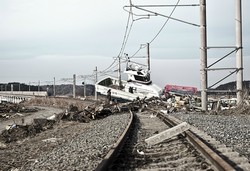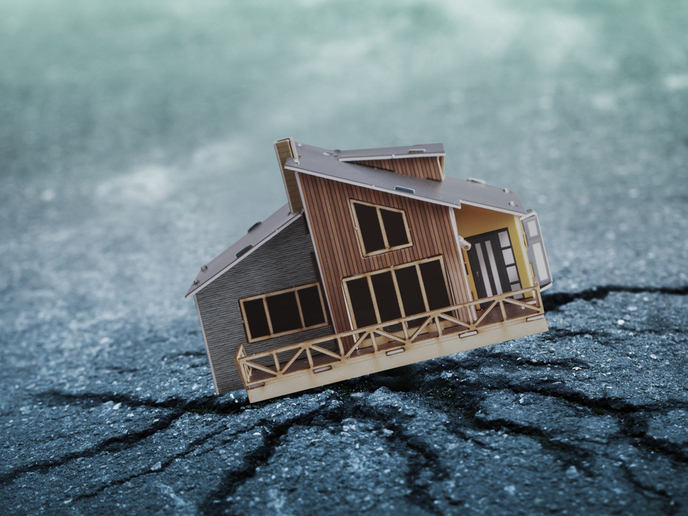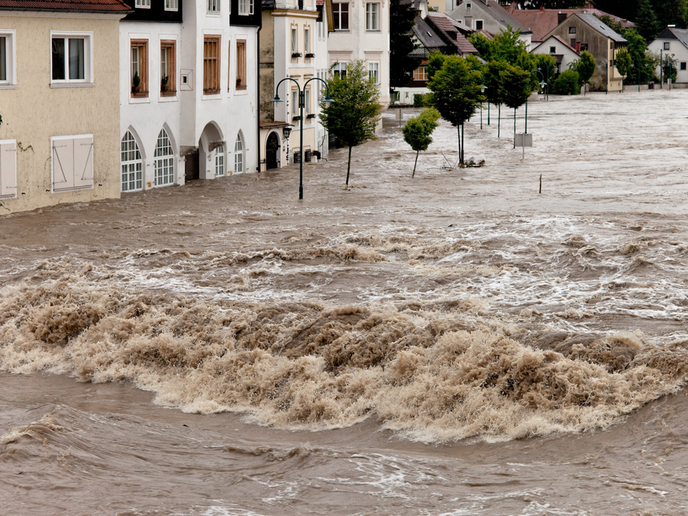Infrastructure risk and natural hazards
Critical infrastructure (CI) is the equipment providing essential national utilities services. Such infrastructure is increasingly integrated, and therefore vulnerable to cascading failures and multi-infrastructure collapse as a result of natural hazards. To reduce such vulnerability, the EU-funded STREST(opens in new window) (Harmonized approach to stress tests for critical infrastructures against natural hazards) project developed stress tests for specific infrastructures. The tests were a step towards verifying the safety and resilience of Europe’s CI. Researchers first categorised Europe’s CI into three classes, not including nuclear facilities. The classes included high-risk individual infrastructures with potential for significant impact, and distributed infrastructure with potentially high economic or environmental impact. The third class was distributed, multisite infrastructures having low individual impact but potential for high collective effect. The consortium assessed the risks and consequences facing each type, via probabilistic models and simulations. The research also yielded new engineering tools. The team developed hazard models for each type of CI in terms of natural disasters, including earthquakes, tsunamis and dam failures, also combining hazards and domino effects. Probabilistic models of the type used in the project are not widely used in risk management. Therefore, researchers produced fragility functions for common CI components and industrial buildings with respect to all natural hazards under consideration. The functions showed how such components could be integrated. STREST’s risk-based multilevel stress test methodology enhances the ability to evaluate risk in terms of natural hazards. The research yielded a multilevel risk acceptance grading system, from pass to fail. The system allows decision-making on cost-effective mitigation strategies across all types of CI. Six types of CI were selected for experimental applications of the project’s methodology. The study illustrated how the tools developed within the project can identify extremes. The tools can also separate risks under various scenarios of hazards and component failures. Thanks to STREST, European authorities are better able to assess the vulnerability of CI and to make appropriate decisions. The project outcomes mean greater safety and reduced consequences for Europeans in the event of natural hazards.







